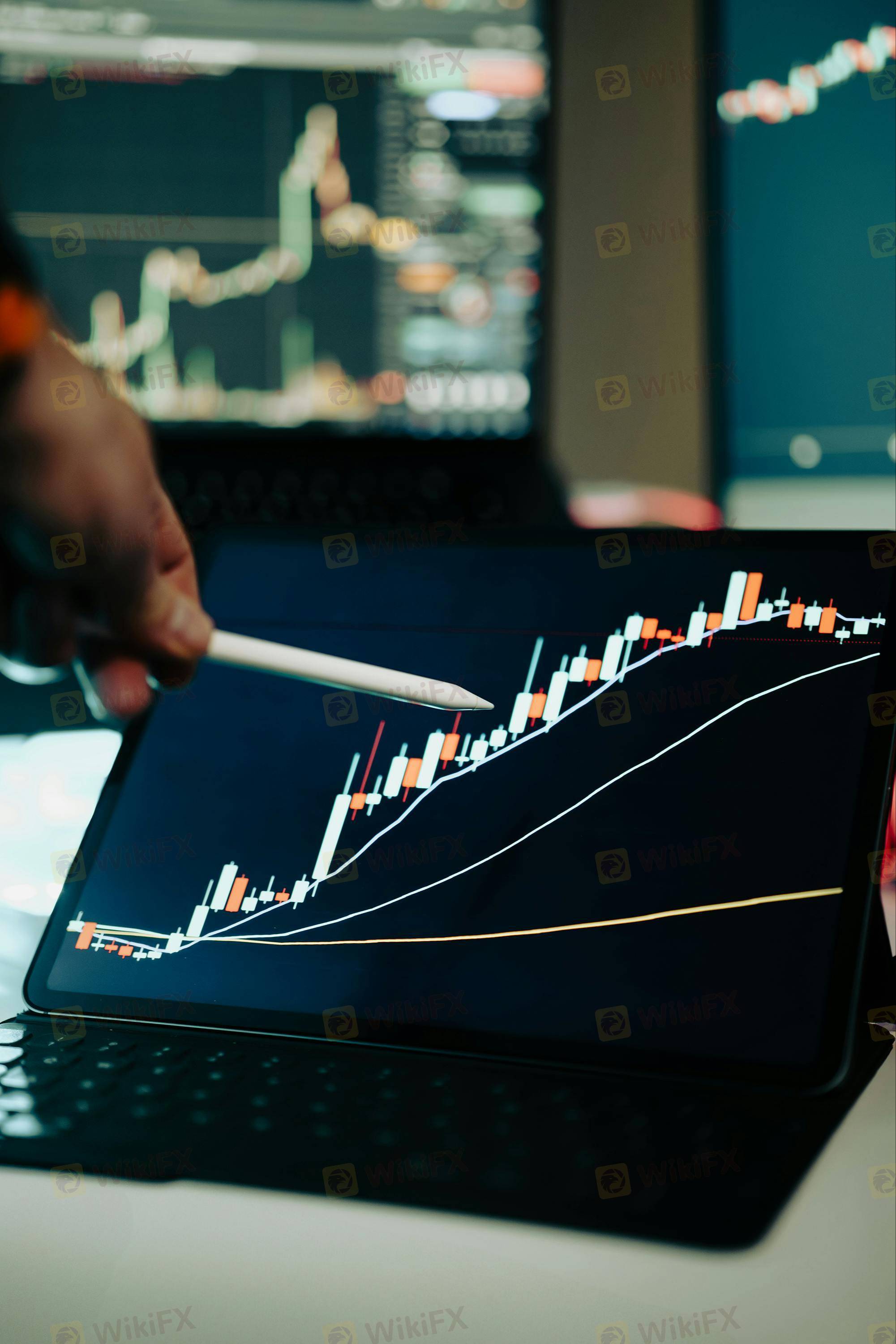
2025-01-29 16:18
IndustryThe Role of Market Sentiment in Forex
#firstdealofthenewyearAKEEL
Market sentiment plays a crucial role in the Forex (foreign exchange) market, influencing currency price movements based on traders' emotions, attitudes, and perceptions about the economy, geopolitical events, and market conditions. Here’s a detailed breakdown of its role:
1. Definition of Market Sentiment
Market sentiment refers to the overall attitude of investors toward a particular currency or the Forex market as a whole. It is shaped by factors such as economic reports, political events, central bank policies, and global risk perception.
2. How Market Sentiment Affects Forex Prices
Bullish Sentiment: When traders believe a currency will strengthen, they buy more of it, increasing its price.
Bearish Sentiment: When traders expect a currency to weaken, they sell it, driving its price down.
Risk-On vs. Risk-Off:
In a risk-on environment, investors seek higher returns and buy riskier currencies (e.g., AUD, NZD).
In a risk-off environment, investors seek safety, favoring safe-haven currencies (e.g., USD, JPY, CHF).
3. Indicators of Market Sentiment
Commitments of Traders (COT) Report: Shows the positions of institutional and retail traders.
Volatility Index (VIX): Measures market uncertainty and fear.
Economic News and Events: Central bank statements, employment data, and inflation reports shape sentiment.
Price Action and Technical Indicators:
Moving averages
Relative Strength Index (RSI)
Candlestick patterns (e.g., bullish/bearish engulfing)
4. Sentiment-Based Trading Strategies
Contrarian Trading: Some traders go against the prevailing sentiment when they believe the market is overbought or oversold.
Momentum Trading: Others follow the trend, betting that strong sentiment will continue moving prices in the same direction.
News Trading: Reacting to major economic announcements that shift sentiment quickly.
5. Importance of Market Sentiment in Forex
Short-Term Impact: Market sentiment can cause rapid price movements based on speculation.
Long-Term Trends: Sustained sentiment shifts can drive long-term currency trends, especially when aligned with fundamental analysis.
Influence on Central Banks: If sentiment diverges from economic fundamentals, central banks may intervene to stabilize the currency.
Conclusion
Market sentiment is a key driver of Forex price movements, influencing short-term volatility and long-term trends. Successful traders analyze sentiment using technical and fundamental tools to anticipate market direction and make informed trading decisions.
Would you like a deeper dive into any specific aspect, such as sentiment indicators or trading strategies?
#firstdealofthenewyearAKEEL
Like 0
Itz Maina
Trader
Hot content
Industry
Event-A comment a day,Keep rewards worthy up to$27
Industry
Nigeria Event Giveaway-Win₦5000 Mobilephone Credit
Industry
Nigeria Event Giveaway-Win ₦2500 MobilePhoneCredit
Industry
South Africa Event-Come&Win 240ZAR Phone Credit
Industry
Nigeria Event-Discuss Forex&Win2500NGN PhoneCredit
Industry
[Nigeria Event]Discuss&win 2500 Naira Phone Credit
Forum category

Platform

Exhibition

Agent

Recruitment

EA

Industry

Market

Index
The Role of Market Sentiment in Forex
 Hong Kong | 2025-01-29 16:18
Hong Kong | 2025-01-29 16:18#firstdealofthenewyearAKEEL
Market sentiment plays a crucial role in the Forex (foreign exchange) market, influencing currency price movements based on traders' emotions, attitudes, and perceptions about the economy, geopolitical events, and market conditions. Here’s a detailed breakdown of its role:
1. Definition of Market Sentiment
Market sentiment refers to the overall attitude of investors toward a particular currency or the Forex market as a whole. It is shaped by factors such as economic reports, political events, central bank policies, and global risk perception.
2. How Market Sentiment Affects Forex Prices
Bullish Sentiment: When traders believe a currency will strengthen, they buy more of it, increasing its price.
Bearish Sentiment: When traders expect a currency to weaken, they sell it, driving its price down.
Risk-On vs. Risk-Off:
In a risk-on environment, investors seek higher returns and buy riskier currencies (e.g., AUD, NZD).
In a risk-off environment, investors seek safety, favoring safe-haven currencies (e.g., USD, JPY, CHF).
3. Indicators of Market Sentiment
Commitments of Traders (COT) Report: Shows the positions of institutional and retail traders.
Volatility Index (VIX): Measures market uncertainty and fear.
Economic News and Events: Central bank statements, employment data, and inflation reports shape sentiment.
Price Action and Technical Indicators:
Moving averages
Relative Strength Index (RSI)
Candlestick patterns (e.g., bullish/bearish engulfing)
4. Sentiment-Based Trading Strategies
Contrarian Trading: Some traders go against the prevailing sentiment when they believe the market is overbought or oversold.
Momentum Trading: Others follow the trend, betting that strong sentiment will continue moving prices in the same direction.
News Trading: Reacting to major economic announcements that shift sentiment quickly.
5. Importance of Market Sentiment in Forex
Short-Term Impact: Market sentiment can cause rapid price movements based on speculation.
Long-Term Trends: Sustained sentiment shifts can drive long-term currency trends, especially when aligned with fundamental analysis.
Influence on Central Banks: If sentiment diverges from economic fundamentals, central banks may intervene to stabilize the currency.
Conclusion
Market sentiment is a key driver of Forex price movements, influencing short-term volatility and long-term trends. Successful traders analyze sentiment using technical and fundamental tools to anticipate market direction and make informed trading decisions.
Would you like a deeper dive into any specific aspect, such as sentiment indicators or trading strategies?
#firstdealofthenewyearAKEEL
Like 0
I want to comment, too
Submit
0Comments

There is no comment yet. Make the first one.

Submit
There is no comment yet. Make the first one.